Particle Size Distribution Measurement by the Laser Diffraction/Scattering Method Part3
Particle Size Distribution with Laser Diffracted/Scattered Light
Measuring Particle Size Distributions Using the Light Intensity Distribution Data of Diffracted/Scattered Light
The following shows four examples of light intensity distribution data and particle size distributions measured (calculated) using these data.
(The examples shown below were obtained using the SALD-2100. If a different model of instrument is used, the light intensity distribution data obtained by measuring even the same sample will be different.)
Example 1
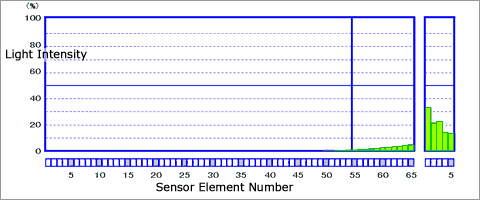
Light Intensity Distribution Data of Diffracted/Scattered Light

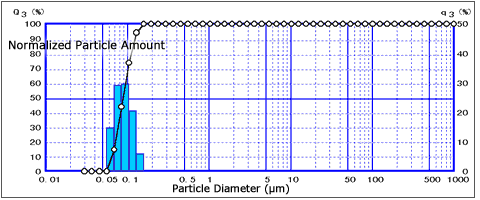
Particle Size Distribution Data
Example 2
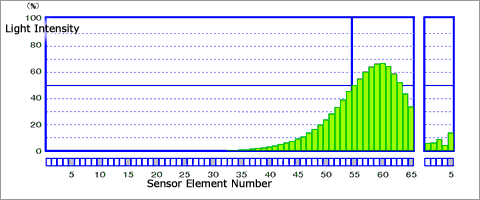
Light Intensity Distribution Data of Diffracted/Scattered Light

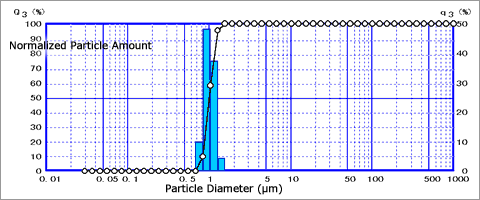
Particle Size Distribution Data
Example 3
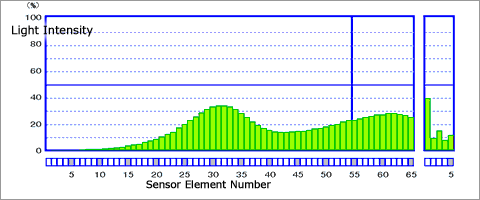
Light Intensity Distribution Data of Diffracted/Scattered Light

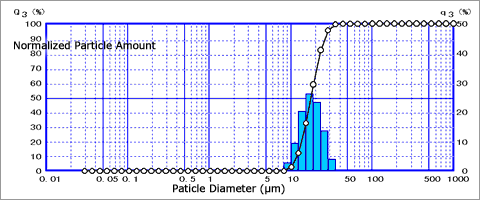
Particle Size Distribution Data
Example 4
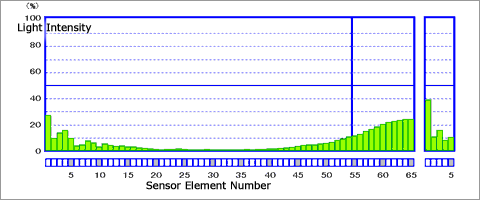
Light Intensity Distribution Data of Diffracted/Scattered Light

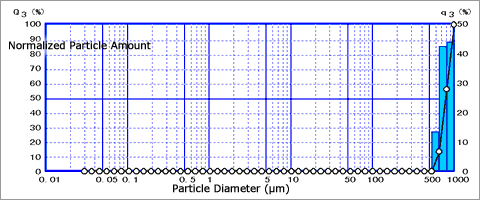
Particle Size Distribution Data
Thus, a particle group is irradiated with laser light and the particle size distribution is calculated from the light intensity distribution data of diffracted/scattered light emitted from that particle group. I hope that you could see this process. With diffracted/scattered light, it is the pattern that is important NOT its intensity.


